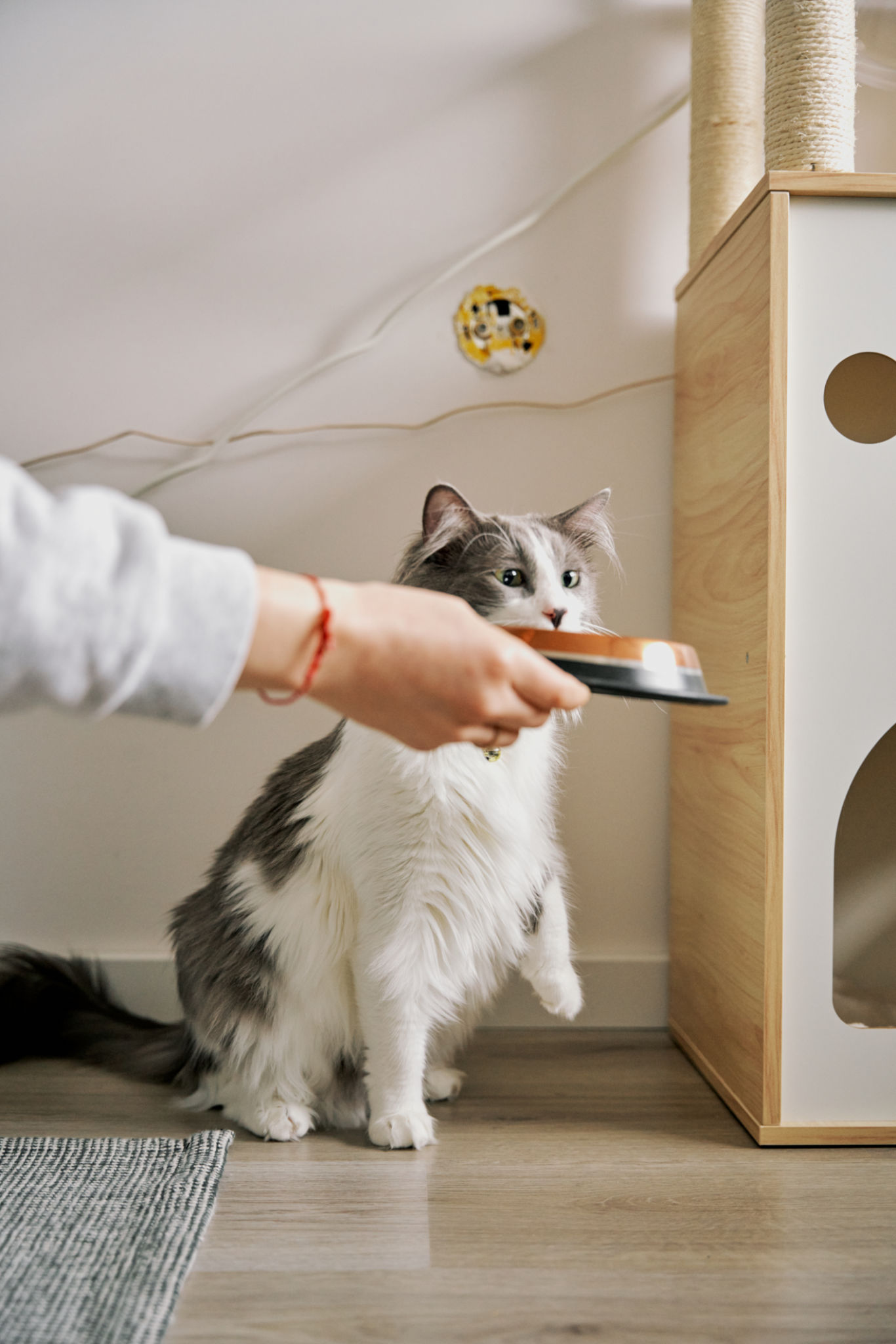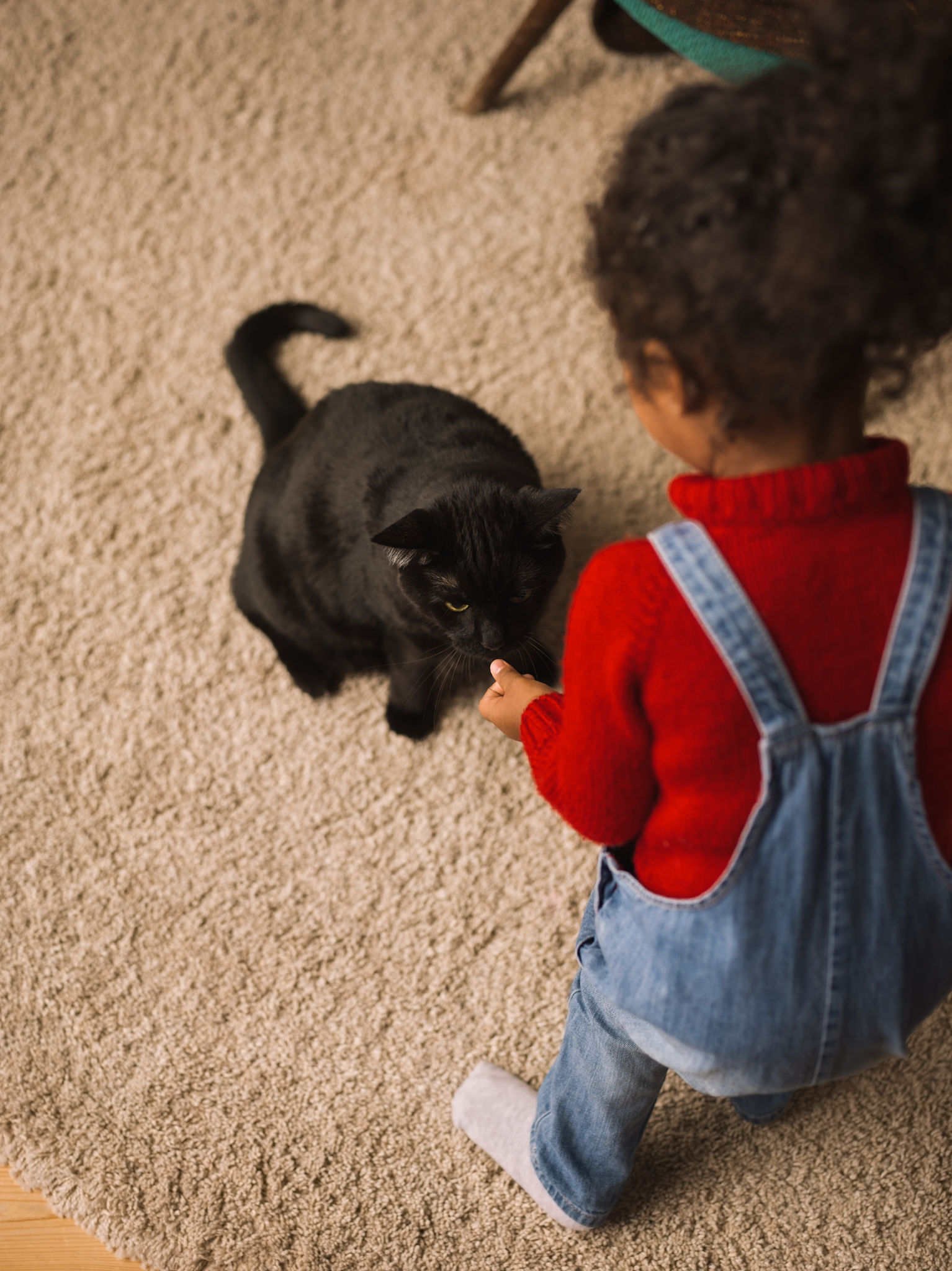🐾 How to Prepare Your Child for Getting a Cat: A Calm, Safe, and Loving Start
🐾 How to Prepare Your Child for Getting a Cat: A Calm, Safe, and Loving Start
Bringing a cat into your family is a wonderful experience — especially when children are involved. Cats can become deeply loved members of the household, but they’re not toys or entertainment machines. They have feelings, boundaries, and unique needs.
To help make the transition smooth and safe for both your new cat and your child, here’s a practical, parent-tested guide on how to prepare your child for their new feline friend.

1. Teach Your Child to "Speak Cat"
Understanding cat behavior is the foundation of a good relationship.
Cats express emotions through body language. Help your child recognize key signs:
Tail up and gently moving = curious or happy
Tail flicking or puffed up = annoyed or scared
Ears forward = relaxed or curious
Ears turned back or flat = anxious, scared, or angry
Also explain that cats are not always in the mood for affection — and that’s okay! Respect is key.
2. Practice Gentle Touch Before the Cat Arrives
Before your cat even enters the home, help your child practice gentle handling using a stuffed animal or toy cat. Show them:
How to pet softly (on the head or back — not the tail or belly)
How to use a quiet, calm voice
That picking up a cat is not always okay, and must be done only if shown how and if the cat is comfortable
This builds confidence and prevents unintentional harm.

3. Set Healthy Expectations Early
Cats are not like dogs or toddlers. They may not want to be picked up, they need alone time, and they often set the pace in a new relationship.
Make sure your child knows:
The cat might hide or sleep a lot at first
They should never disturb the cat while it’s eating, sleeping, or using the litter box
The best way to make friends with a cat is to be calm and let the cat come to them
Patience is powerful.

4. Give Kids Safe Responsibilities
Getting a cat is a great chance to teach responsibility, as long as the tasks are age-appropriate. Your child can help with:
Feeding (under supervision)
Playing with wand toys (never hands!)
Brushing (if the cat enjoys it)
Scooping litter (for older children, with guidance)
Changing the water bowl daily
Cleaning the food dish every day
This helps build a respectful routine — and shows that caring for a pet is a daily commitment, not a one-time event.
5. Set Up a Safe, Collar-Free Home
Let your child help prepare your home for the cat’s arrival:
Pick a name together
Choose cozy blankets, beds, or hiding spots
Find quiet areas where the cat can relax without being disturbed
And most importantly:
No collars — ever, for any cat.
Collars can be dangerous. They can catch on furniture, branches, fences, or even in play — causing serious injury or strangulation. Even so-called “breakaway” collars aren't 100% safe. Microchipping is a much safer and permanent way to identify a cat if they ever get lost.
This is a safety decision, not a style choice.
6. Be a Calm Role Model
Children learn best by watching. Show your child how to be gentle and calm around the cat. Demonstrate how to:
Move slowly and avoid loud noises
Wait for the cat to come to them
Respect when the cat walks away or hides
Praise your child when they treat the cat with kindness and patience.
7. Be Clear About What Not to Do
Set firm rules to keep everyone safe and happy. Teach your child:
Don’t grab tails, ears, or whiskers
Don’t yell or chase the cat
Never wake a sleeping cat
Don’t sneak human food or snacks to the cat
Always ask before touching the litter box
These boundaries protect both the child and the cat.

8. Talk About Feelings and Frustrations
If the cat doesn't want to play or cuddle, your child might feel rejected. Help them understand that it's not personal — it’s just how cats are. You can say:
“The cat isn’t mad. It just needs space. When it’s ready, it will come to you.”
This builds empathy and emotional intelligence.
9. Explain Health and Vet Visits
Even if your child won’t be in charge of vet visits, they should understand that cats need medical care just like people. Talk about:
The importance of checkups and vaccines
Why the cat might need quiet time after a vet visit
How health is part of loving a pet
Let your child help pick out healthy treats, a carrier, or new toys as part of caring for the cat’s well-being.
Final Thoughts:
Welcoming a cat into your family is an amazing opportunity to teach compassion, responsibility, and respect. By preparing your child before the cat arrives, you set the stage for a beautiful bond that grows over time — on the cat’s terms.
Start slow. Keep it calm. And remember: your cat isn’t just a pet — it’s a new family member.
🧡 Martyna
Feline Behaviourist & Nutritionist
Founder of CatZone